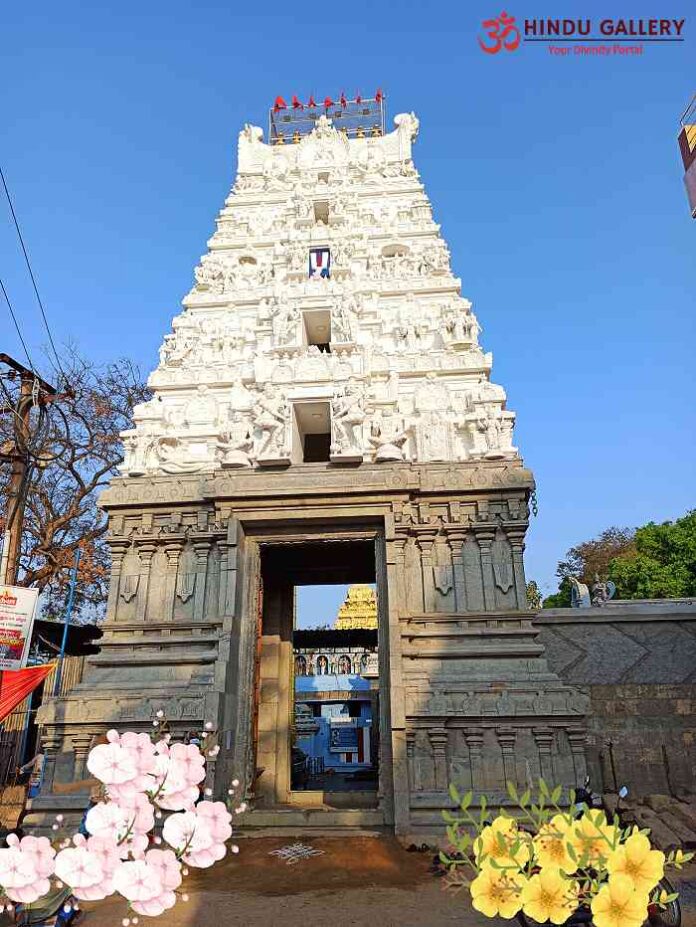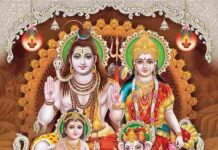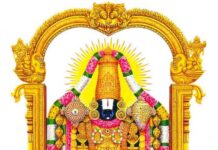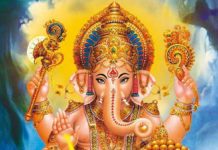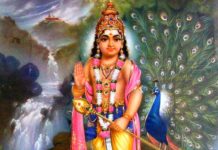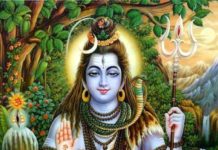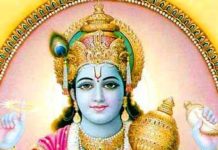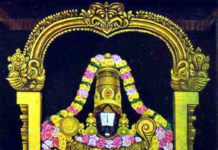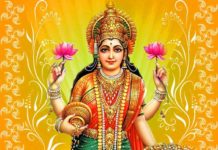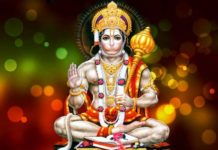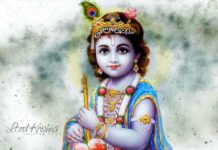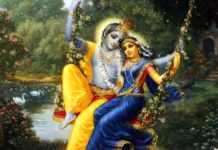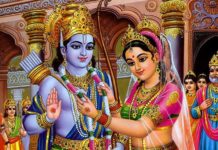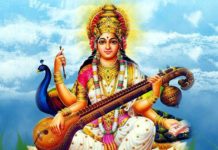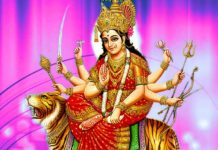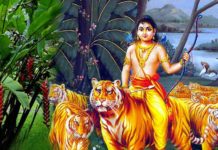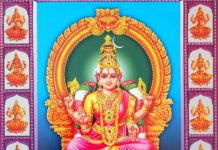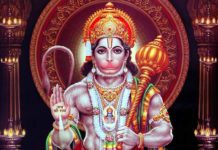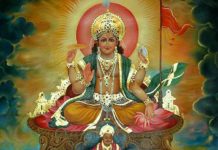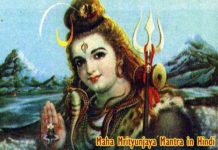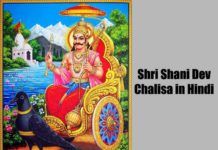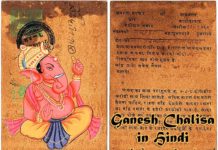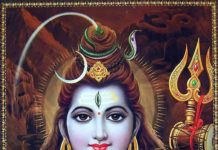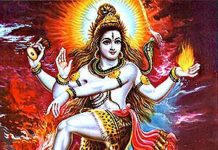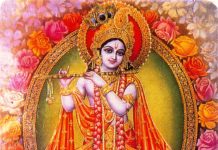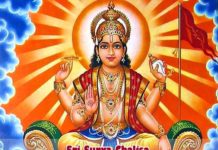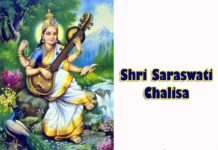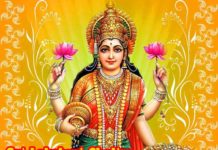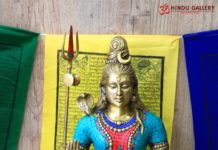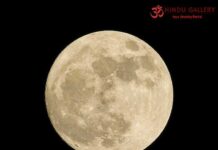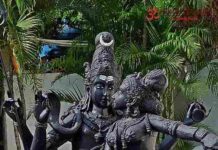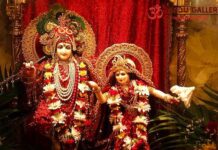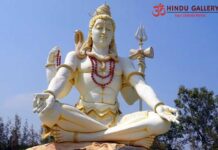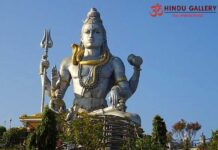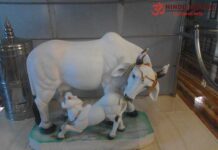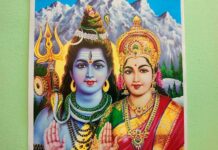Patalathri Narasimhar Temple is the temple dedicated to Sri Narasimha Swamy, the fourth incarnation of Sri Maha Vishnu. This temple is situated at Singa Perumal Koil near Chengalpet, Tamil Nadu.
Patalathri Narasimhar Temple is the temple built of the rock. A small hillock exists in the temple premises.
Origin
As per the inscriptions, the temple is believed to be built during Pallava period in 8th century. The temple is also believed to be under the patronage of Sri Raja Raja Chola. As per the inscriptions, the temple is believed to be atleast 1500 years old.
Legend
Sri Narasimha Avathar had occurred only for a very brief period that too for the single purpose of destroying the demon Hiranya Kasipu. The place where the Avathar happened is Ahobilam.
As this Avathar was not seen by the other Gods, Devas and Sages, each of them did penance on Lord Vishnu to appear in the form of Sri Narasimha. At every place where Sri Vishnu gave darshan as Sri Narasimha, a temple is said to be built.
Patalathri Narasimha temple is believed to be mentioned in Brahmanda Puran. The name Patalathri is said to refer to a red colored hill.
The Sage Jabali and other Sages were doing penance in this area which was then a dense forest. As per the legend. Sage Jabali had done penance on Sri Maha Vishnu to appear before him in the fierce form of Sri Narasimha in which He had destroyed Hiranya Kasipu. As believed, Sri Bhagwan had given darshan as Ugra Narasimha with the third eye in this place at the dawn time.
Structure
On entering through Rajagopuram, we can see the Dwajasthambam, Bali Peedam and Deepa Sthambam.
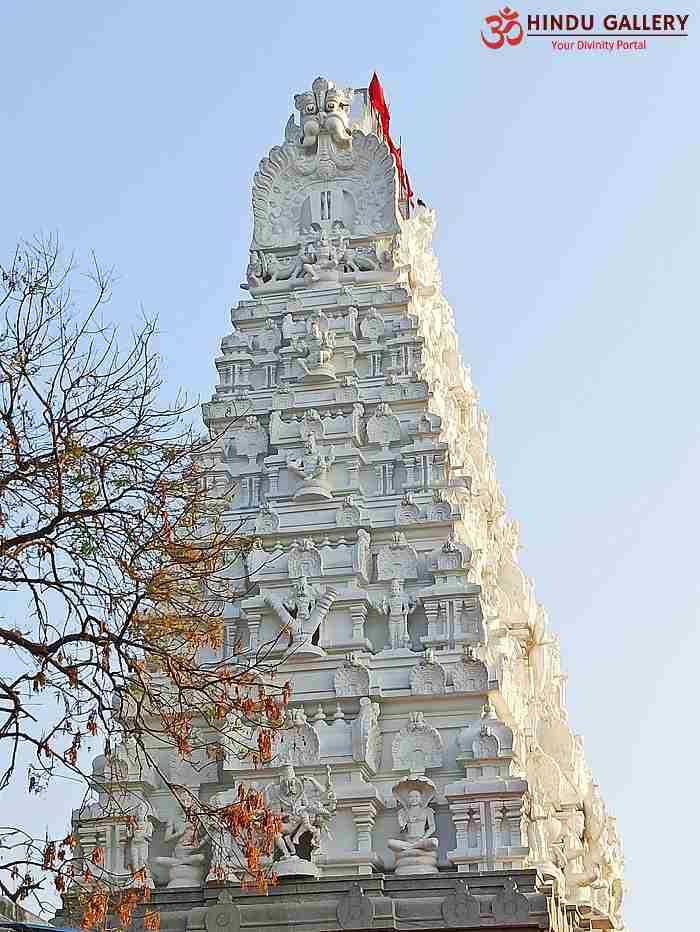
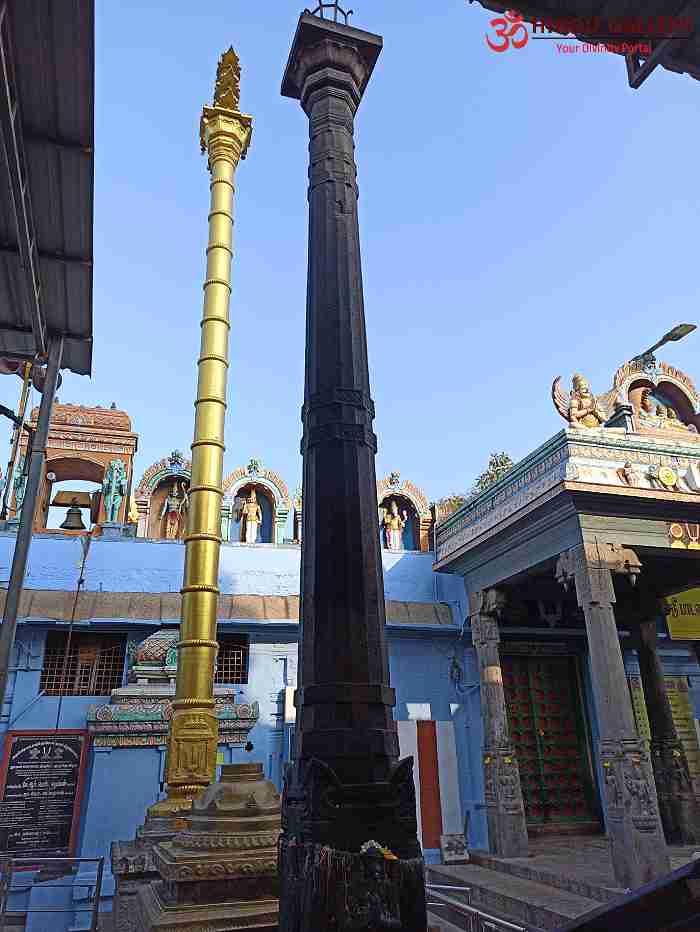
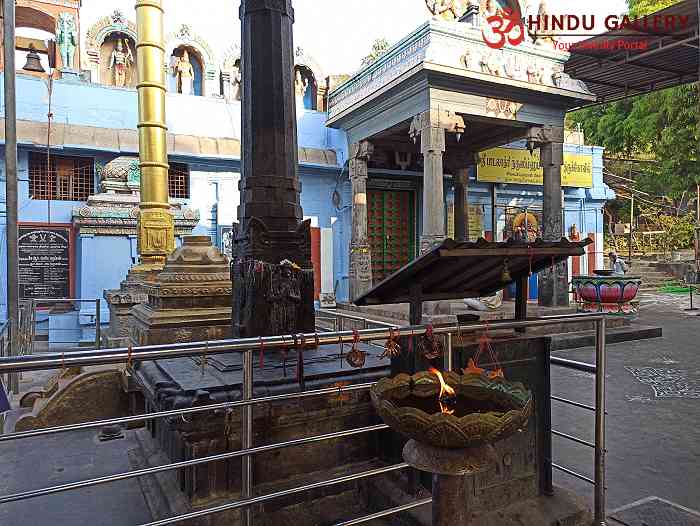
We have to take the left to the Maha Mandapam.
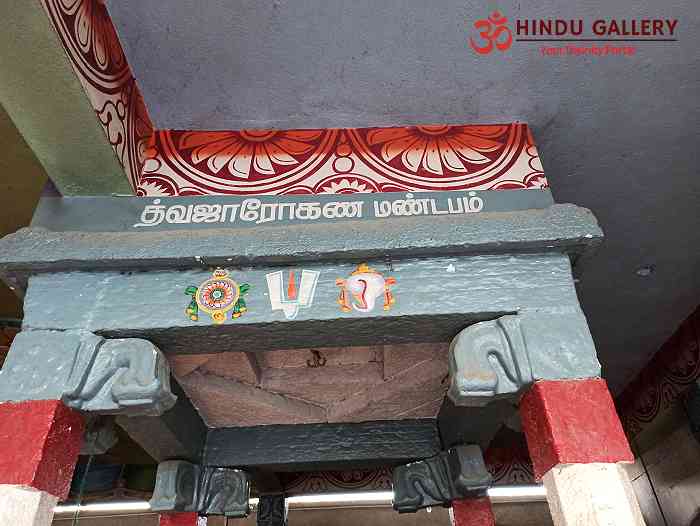
Inside the mandapam, on the right side, we have to enter into Ardha Mandapam. The vigrahas of the twelve Azhwars are kept here.
After worshipping Sri Garudalwar on our right, we get into the main sanctum.
Main sanctum
There are two Dwara Palakas to the main sanctum.
The main Deity is Sri Pathalathri Narasimhar / Sri Ugra Narasimha. He is also called as Azhwar Narasinga Devar and Narasinga Vinnagar Azhwar.
The sanctum appears like a cave. The main Deity is also manifested in the same rock. He is in the sitting position facing east. His right leg is folded and the left foot is on the ground.
He has four hands. The upper hands hold the Shank (the conch) and the Chakra (the holy wheel). His lower right hand is in abhaya mudhra granting protection. His lower left hand is in uru hastha mudhra and is kept on His lap.
During Margazhi and Thai months (December – January and January-February), and on Ratha Sapthami day, the rays of the rising sun fall at the feet of Sri Narasimha.
He has the third eye on His forehead.
The processional Deity is Sri Prahladha Varadha with Sri Devi and Bhu Devi Nachiyars.
Abhishekams are done on Pradosham day.
The Gopuram of the main sanctum is called Pranava Koti Vimana.
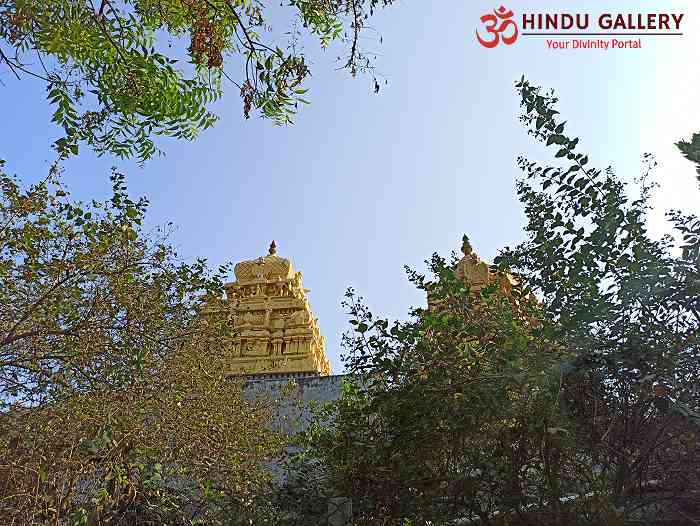
Coming out of the main sanctum, we have to proceed further to the sanctum of Sri Ahobilavalli, the consort of Sri Narasimha. There is also another sanctum for Sri Andal in the precinct.
There are other dedicated shrines for Sri Ramanuja, Sri Manavala Mamunigal and Sri Vishvak Sena.
Coming out of the main sanctum, we have to take the left to do the perambulation of the shrine.
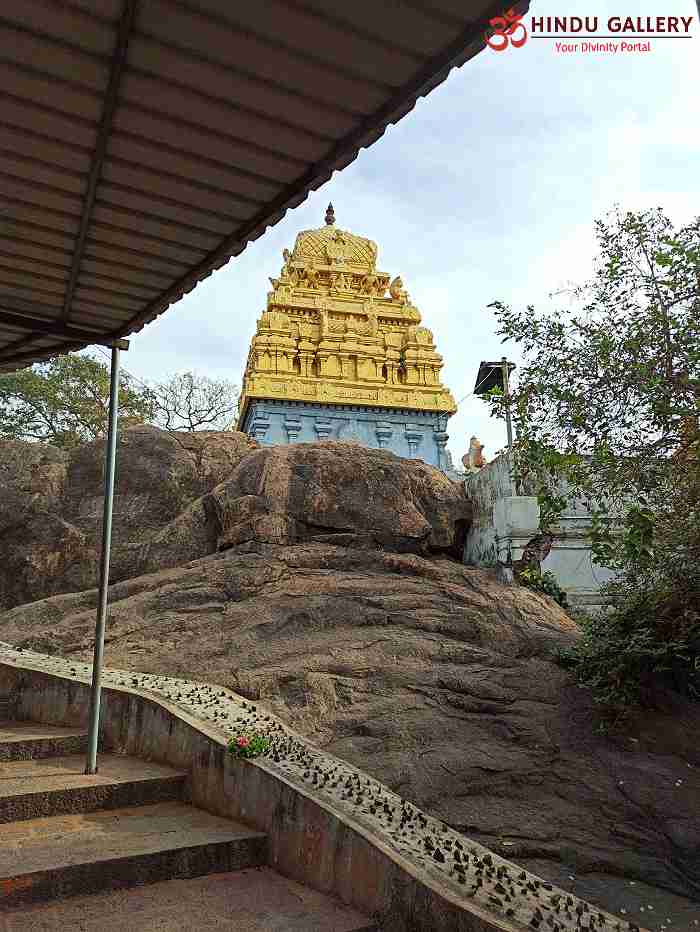
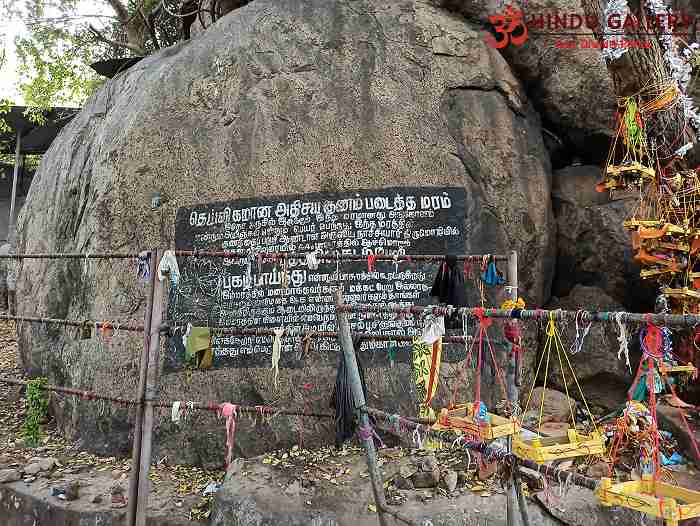
The path rises like a hillock and the parikrama ends up near the Dwajasthamba.
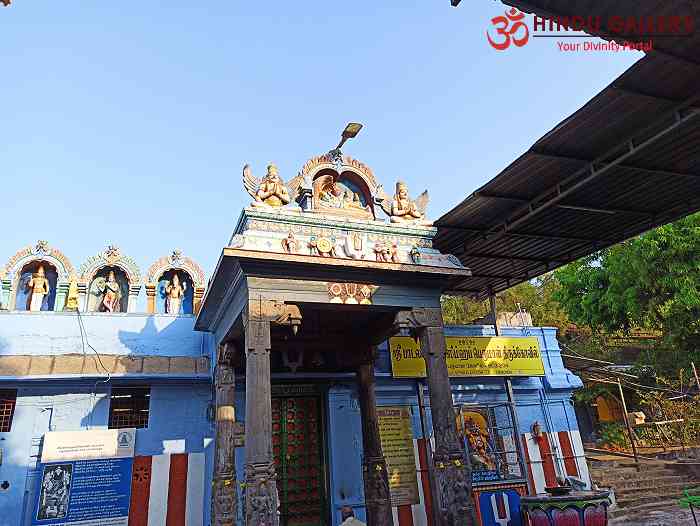
The temple is considered as the Prarthana Sthalam. It is considered auspicious to go round the hill on Pournami (full moon) days. During Parikrama, we can see a tree called Azhinjal tree. It is customary to pray for marriage, progeny, success in education, job, removal of debts etc., to this tree by applying Kumkum and Chandan and by lighting ghee lamps. Once the wishes are fulfilled, the devotees offer for abhishekam on the Pradosham day and offer Vasthrams (garments) to the Deities.
The Sthala Vruksham is Parijatham. The temple tank is called Suddha Pushkarini.
Timing
The temple is open from 7.00 A.M to 12.00 Noon and from 04.30 P.M to 08.30 P.M. The timing may differ on festivals and special occasions. Four Pujas are done in the temple daily.
Festivals
Maasi Float Festival in February – March, Chitra Brahmothsavam in April – May, Sri Narasimha Jayanthi in May and Aani Pavithra Uthsavam in June are some of the major festivals celebrated in the temple.
Apart from this, all the Ekadashi, Dwadashi, Swathi Star days, Pradosham and the days ascribed to Sri Vishnu and Sri Lakshmi are also followed with special Pujas.
How to reach
The place is situated on the route from Chennai to Chengalpet. Buses and trains are available from Chennai as well as Chengalpet. Taxis can also be booked.


